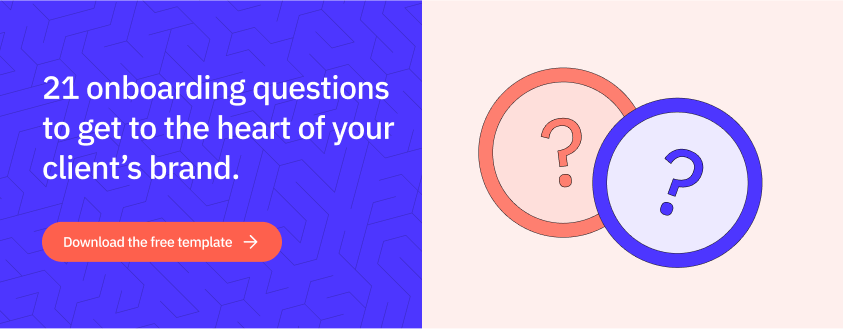Sendible insights How to Tackle the Four Biggest Challenges When Onboarding Inbound Marketing Clients
So, you just won yourself a brand new client thanks to your fabulous pitch deck and rich marketing portfolio.
It's time to pop the champagne bottle and celebrate, right?
Not exactly.
While you may have successfully convinced a client to buy from you, it doesn’t mean you’ve landed a long-term (and loyal) client. There is still a real possibility that the client will switch to another vendor in a few months.
Why?
Probably because you haven’t explained how your approach to inbound marketing works or explained its value.
And with marketing getting more and more complicated every year, you can imagine how the foundation for churn can be set so early.
This is why you need a stellar onboarding process to inform, educate and guide clients.
If done right, client onboarding will ensure that clients achieve their desired goal, which, in turn, makes them stick around.
In this post, I’ll look at some challenges you may face when onboarding inbound marketing clients and how you can overcome them.
What are the four challenges of onboarding inbound marketing clients?
Challenge 1: Inbound marketing is too complicated
Have you ever bought a product with a lot of enthusiasm only to quit midway through because it was just too difficult to use?
That’s how a lot of clients see inbound marketing as well. Many come from a world where the idea of not buying up ad space and not getting immediate results is absurd.
And it’s not only the concept behind inbound marketing – most also struggle to understand how inbound marketing works and how it plays with other marketing disciplines.
Here’s an example:
Consider marketing automation. According to this statistics overview on Email Monday, nearly 3 out of 5 companies said that marketing automation implementation was “very difficult”.
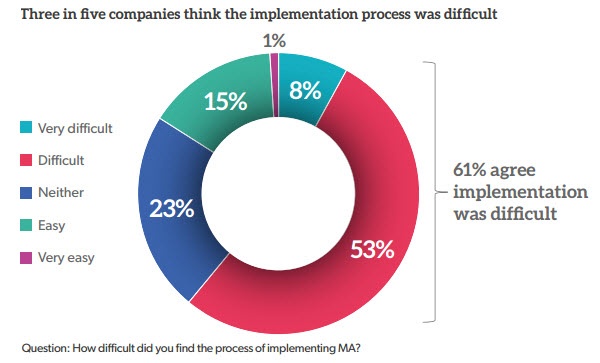
This was because both the software and concepts behind marketing automation are difficult to understand.
In fact, software complexity is such a big issue in marketing automation that “ease of use” ranked as the third biggest reason (behind cost and product integration) for buying a solution.
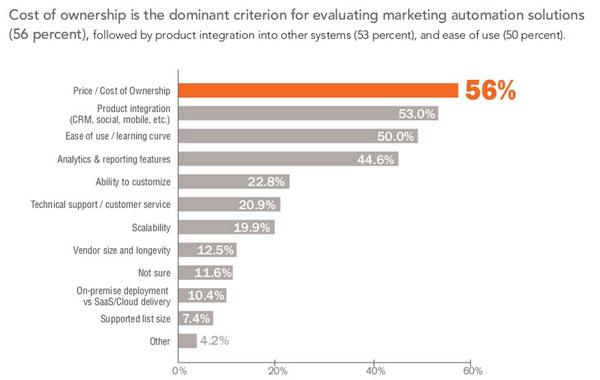
The solution: Simplify inbound marketing and be resourceful
There is no easy solution to making the inbound marketing process easier to understand for new clients. Many will come to you with some pre-conceived ideas about inbound. Others will be blank slates and you’ll have to hold their hands through the learning phase.
(The latter case is generally preferable to the former).
Here’s what you can do to train clients in inbound marketing.
A. Break down the inbound marketing process into smaller chunks
Inbound marketing is hard to understand because it covers multiple marketing disciplines. To know inbound means that you have to know content, SEO, social media, lead generation, and even lead nurturing.
You also have to understand more specific areas of these disciplines, such as landing page optimisation, blogger outreach or local SEO.
Understanding even one of these marketing disciplines is the job of a specialist. So you can imagine how hard it must be for inbound marketing clients to untangle and understand all these fields.
To make their job easier, start by breaking down inbound marketing into different sub-disciplines. Depending on the client profiles, try to use terminologies they might already be familiar with and avoid jargon.
B. Take advantage of existing marketing collateral
Inbound marketing depends on content creation. The more (and better) content you create, the higher your chance of success with inbound marketing.
Fortunately for you, lots of software vendors and agencies already have massive libraries of content on inbound marketing.
You can use this content to introduce clients to inbound marketing concepts. You’ll often find that these do a better job of educating clients than you could ever do yourself.
C. Appeal to different learning styles
Remember college courses (at least the ones that aren’t hazy)?
When you went to class, you probably weren’t given a boring lecture every day. Your professor probably changed it up with interactive Powerpoint presentations, group activities or perhaps even a field trip out to a site.
This wasn’t done to appease your boredom but to help you learn.
People learn in different ways, and this holds true for your clients as well.
Try to create learning material in a variety of formats, such as visual, audio, or written to cater to different learning styles.
For example, look at how HubSpot uses “HubSpot Projects” to help customers get up to speed with its software.
This includes written instructions:
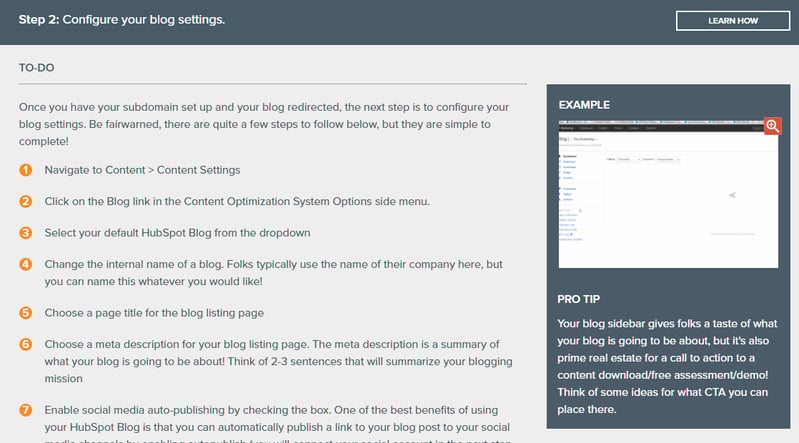
As well as images and GIFs to show how something is done:
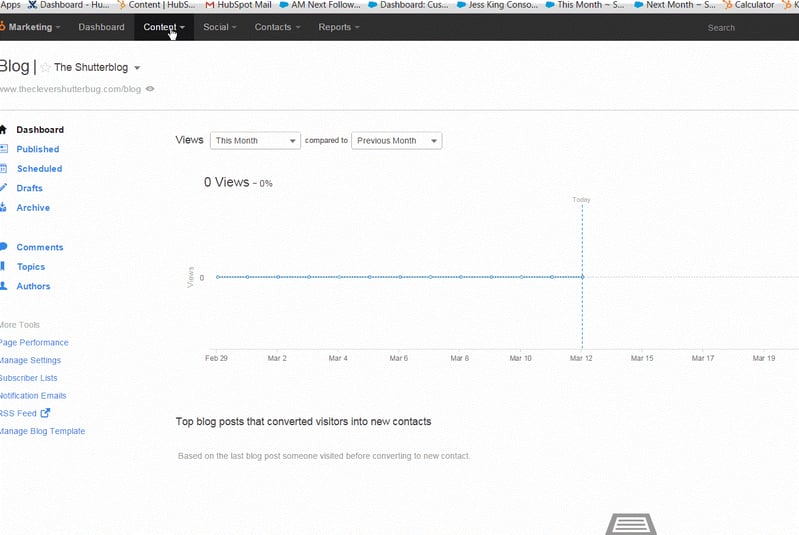
In addition to this, HubSpot also offers:
- Classroom training
- HubSpot Broadcasts - live educational training
- User guides
- Video lessons
- Customer examples
No matter your learning style, you’ll have a way to understand HubSpot software.
Try asking new clients what their preferred method of learning is. If they say “video”, send them appropriate videos. If they’d rather read, send them written content instead.
Challenge #2: Onboarding is too long and/or complicated
Inbound marketing is a huge topic. And the biggest mistake you can make with your clients is expecting them to understand it all during onboarding.
The result? Bored clients who might drop out in the onboarding phase itself.
The solution: Simplify the onboarding for clients
The solution to a lengthy onboarding process is twofold: a) compress the onboarding process to key concepts, and b) gamify the process to retain client interest.
Let’s look at these steps in more detail:
A. Compress onboarding process
I’ve already touched upon this earlier, but the best way to combat a lengthy/boring onboarding process is to condense broad ideas into their core concepts.
The easiest way to do this is to:
- Identify core concepts (say, “inbound marketing involves creating and distributing useful content”)
- Make these concepts easier to understand
More often than not, this will mean visualising inbound marketing ideas.
For example, you could write 3,000-word blog posts on the buyer’s journey. Or you could use a graphic like this to help clients understand the concept behind it in one glance.
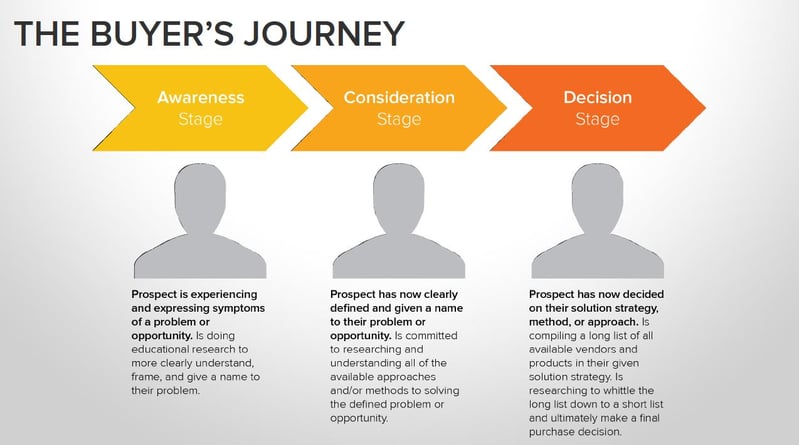
To do this:
- Identify key inbound marketing concepts, such as buyer’s journey, content creation, how search engines work, etc.
- Rank them on their importance in the inbound marketing process from the client’s perspective. For example, clients need to know how search engines work, but they don’t need to know what Google Hummingbird or Panda are.
- Turn top-ranked concepts (i.e. concepts clients absolutely need to know) into visuals.
- Turn visuals into a simple pitch deck or even infographic to show to new clients.
B. Present the right ideas at the right time
Throwing clients into the inbound marketing deep-end is a great way to lose their business. If you flood them with educational material during onboarding, you’ll likely confuse and intimidate them, preventing them from going further.
To stop this, present your learning material as and when they need it.
From a software perspective, think of how Slack shows you helpful tooltips only when you first use the feature (well, apart from a few must-know features such as “channels”).
For example, if you don’t click the account menu link, you won’t see this message at all:
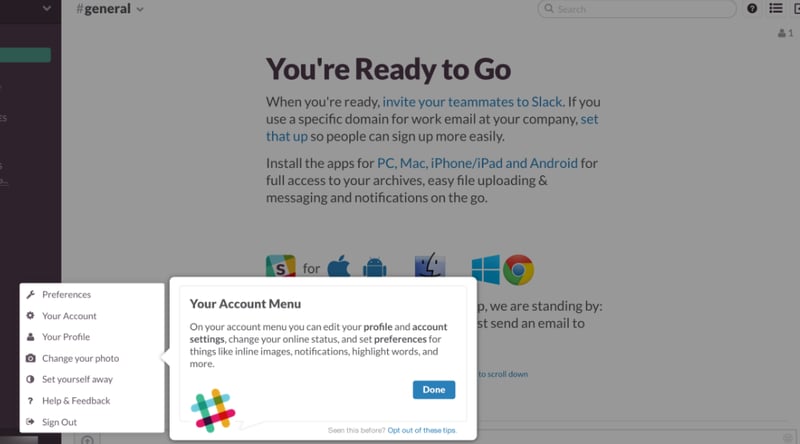
While this is difficult to replicate for a service, you can keep track of your client’s progress through the onboarding process (by emailing them from time to time). Then, when they finish learning about a topic and encounter something new for the first time, jump in and offer them learning material for it.
This is particularly important when you’re getting your clients setup on your inbound marketing software. This can be technically challenging, especially for non-native web users.
Challenge #3: You don’t have enough data about your clients
This might sound like a moot point, but you’ll be surprised to know the number of service providers who don’t really understand their clients or don’t have basic data about them.
This is especially important in inbound marketing since high-quality content creation demands that you understand your clients thoroughly.
You can’t just create run-of-the-mill content and hope to excel with inbound strategies; you need to tell your clients’ stories.
In fact, according to a survey by Brandpoint and Content Marketing Institute, one of the biggest digital marketing challenges is storytelling – something that requires in-depth knowledge of your clients.
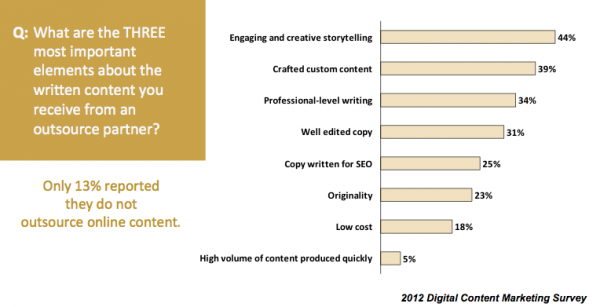
The solution: Ask the right questions
Ideally, you’ll discover a lot about your clients in the course of your interviews and conversations before you sign on the dotted line.
However, this information is usually disorganised and disjointed. You want specific answers to business-focused questions.
To solve this problem, send your clients a detailed questionnaire.

Social Media Questionnaire for Onboarding New Clients [42 Questions]
What kind of questions you ask here will depend on your target industry. At the very least, you should ask the following:
- Why do you do what you do? What are your primary motivations to run your business? (Essential for compelling storytelling)
- What marketing campaigns and strategies are you already implementing?
- What results have you received from your existing strategies? What challenges did you face using them?
- What is your biggest challenge as of now?
- How do you expect inbound marketing to help you? How do you expect us to help you with these goals?
- What do you expect from this relationship (and inbound marketing in general)?
- How much do you know about inbound marketing on a scale of one to 10, with one being a complete beginner and 10 being an expert inbound marketer?
- How well do you know your ideal customer(s)?
Challenge #4: Clients don’t know what to expect or where to start
When clients sign up for your service, their first problem is that they don’t know where to start learning about inbound marketing or what they can expect from you (and what is expected of them).
What’s the result? Disoriented and dissatisfied clients.
In a way, this problem is at the heart of the onboarding process. A number of surveys show that clients regularly feel that they are ‘out of the loop’ and don’t know what their agencies are doing.
The solution: Outline expectations and logistics
The easiest way to solve this client orientation problem is to create a kickoff deck that explains:
- What clients can expect from you
- What you expect from clients
- What clients can do to learn more about their problems and your solutions
- Key team contacts
Start off by setting expectations for both clients and service providers.
This is important since these expectations will essentially decide the direction of your relationship.
Set them too high and clients will feel shortchanged. Too low and you’ll add to your own workload.
Next, give your clients clear directions to different resources. This includes links to both your own and third-party content.
Your kickoff deck should also include:
- Exact details of what is defined as a “success” (such as capturing a lead) and how you’ll measure it
- A review of your marketing plan and possible roadblocks
- Team communication logistics (including time zones, preferred communication channels, contacts)
- The tools you’ll use to manage the project (if any)
Conclusion
User onboarding is challenging.
I learned firsthand, during my time helping to grow UK Linkology, just how difficult onboarding new clients is. Stakes are high, and it’s easy to make a mistake and lose a potentially valuable customer.
Yet, there is no silver bullet which can make new clients stick around. Onboarding is an ongoing process that needs to be constantly monitored, measured and tweaked.
Follow the above tips and overcome common hurdles faced while onboarding new clients. You’ll then be far more likely to convert your new clients into customers that stick around for a long time.
Text copied!

